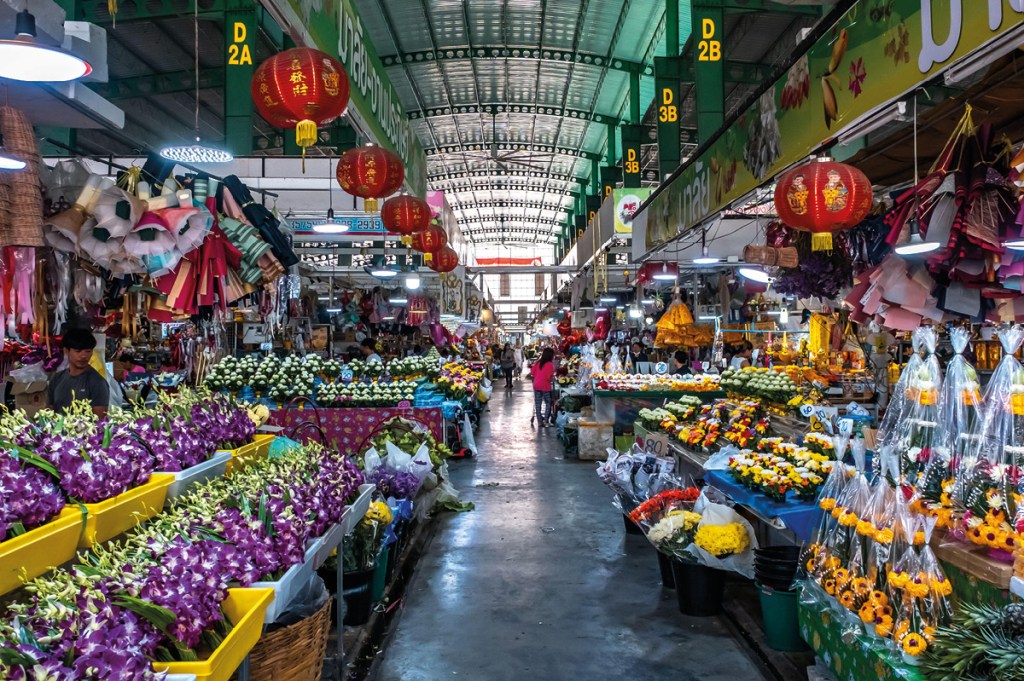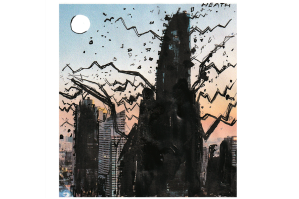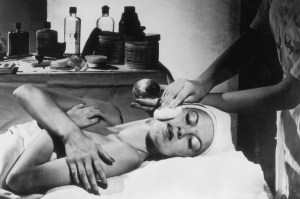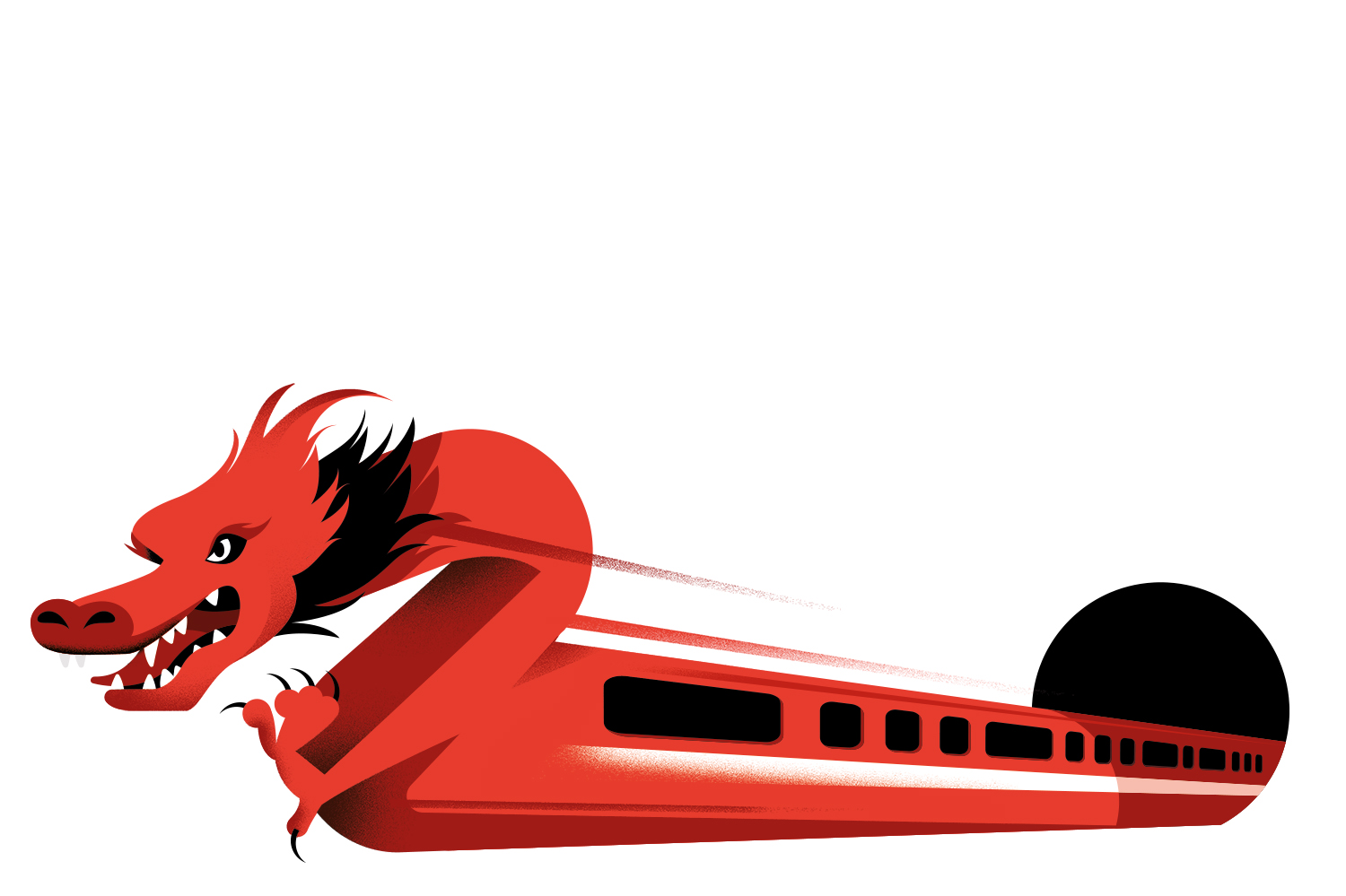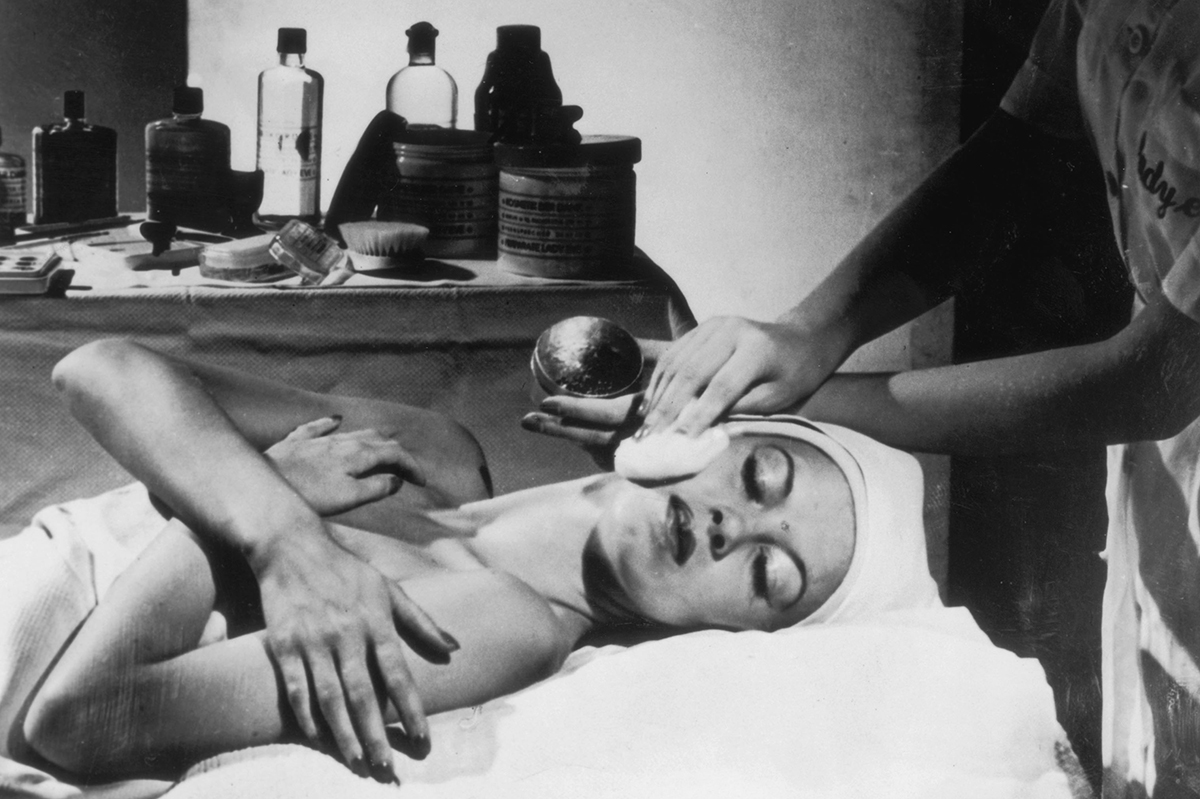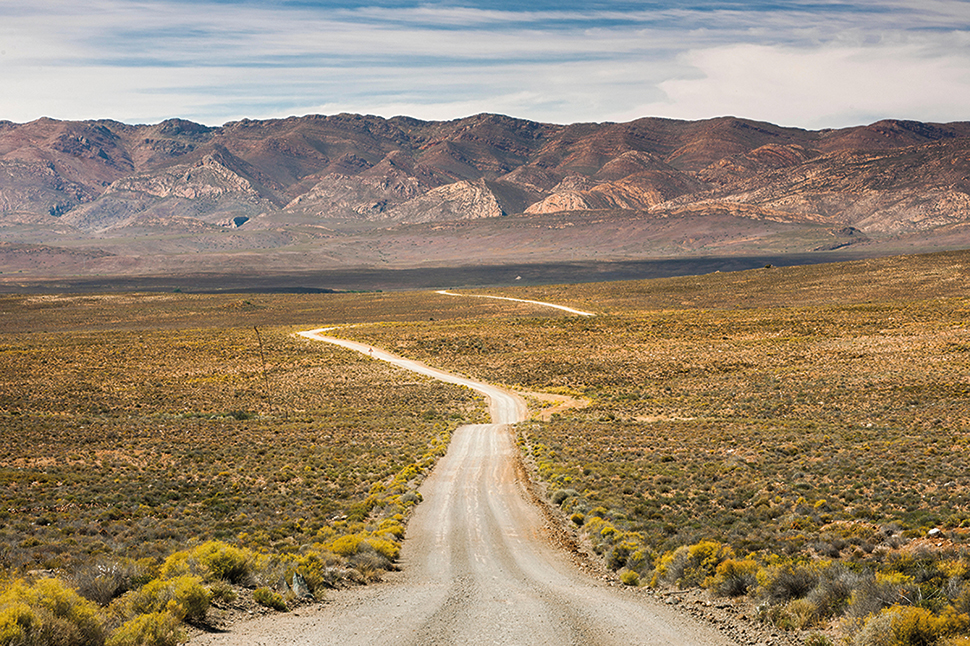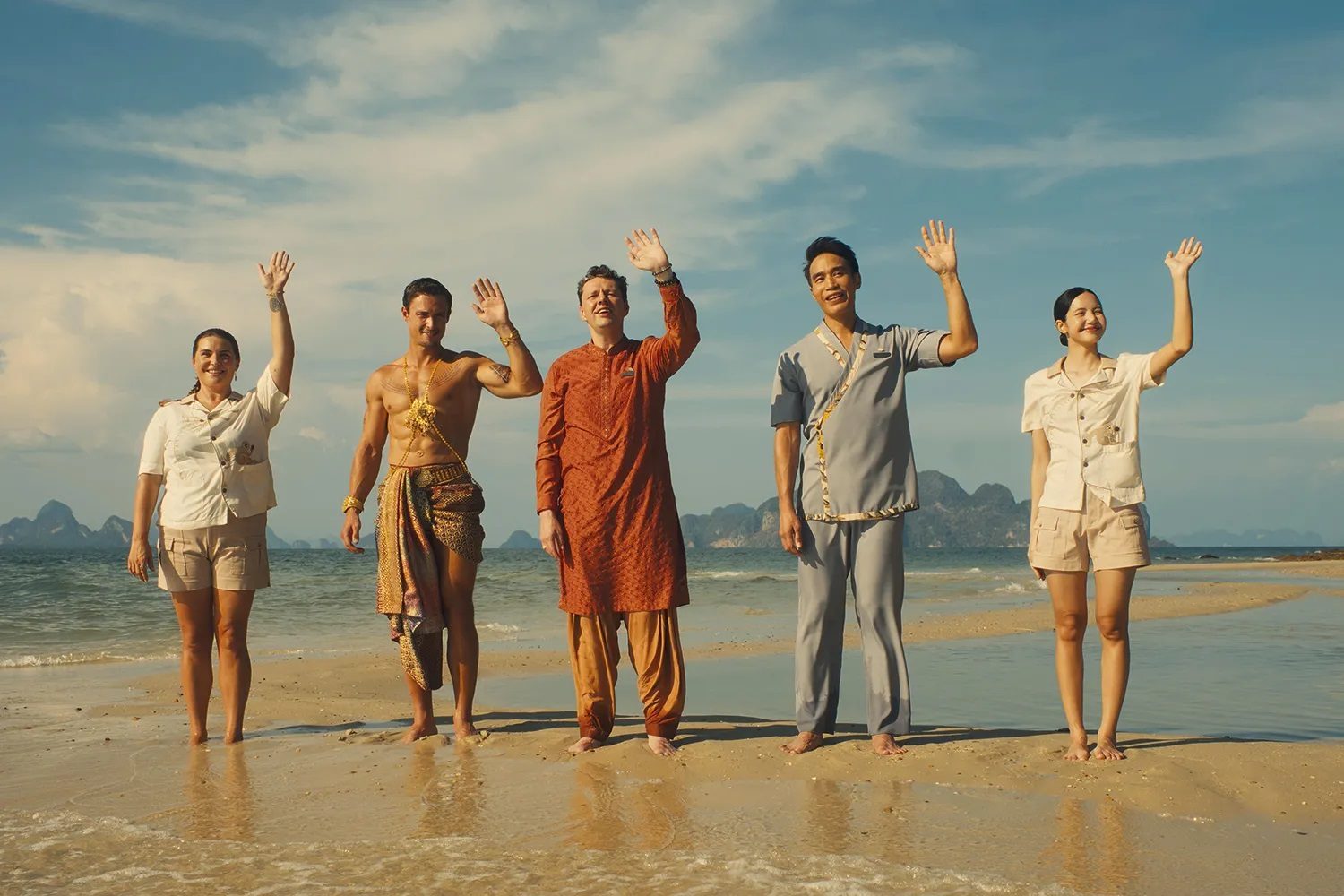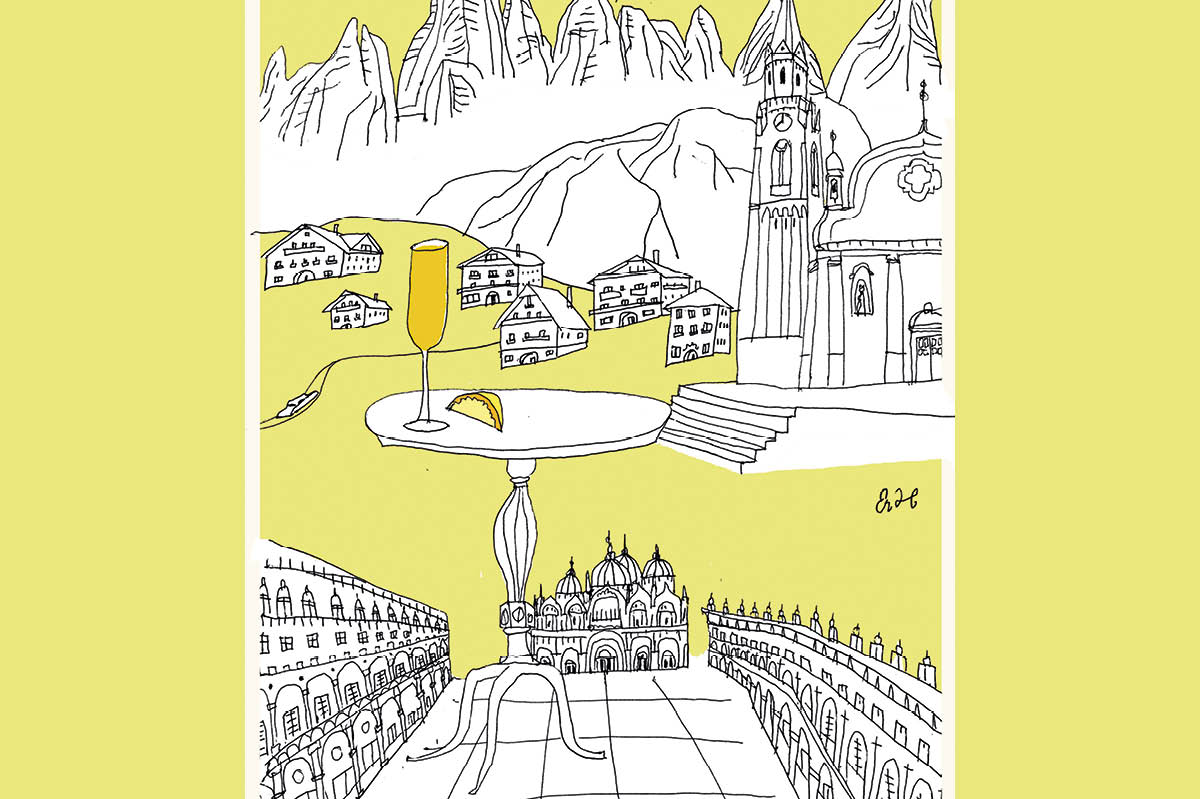In the deliciously darkened corners of the Vesper cocktail bar, in the central quartier of the Siamese capital known as Silom, the patrons are guzzling some of the finest cocktails east of Suez: from the exquisite complexities of the “Silver Aviation” (Roku gin, Prosecco, maraschino, coffee-walnut bitters, almond and lavender cordial), all the way to the heady simplicity of the “Mango Manhattan” (bourbon, vermouth, white port, absinthe).
What’s more, everyone seems to be having a good time. Which is maybe not surprising — this place was recently ranked the fourteenth best bar in all Asia, and the top-of-the-class cocktails are quite considerately priced at around $15 a pop.
What is surprising is that everyone has a comfy sofa or bar stool, even though this is 8 p.m. on a Friday. The bar is pleasantly buzzy, but not annoyingly rammed. How can this be? In the fourteenth best bar in Asia?
The answer is Covid. Or, rather, après-Covid. Thailand has fully opened up to visitors (indeed, with jettisoned paperwork, they’ve deliberately made it even simpler to get in), yet ongoing post-pandemic caution in tourists, especially from Asia, means Bangkok is right now a delicious breeze of zero hassle. It is jumping but not jammed, cheerful but not chocka. And with an array of splendid new bars and restaurants, and some revived old favorites, the offering gets even better.
This agreeable sense of everything-is-a-breeze applies equally to the historic sights of Bangkok. Whether it is the revered temple of Wat Po, with its renowned Emerald Buddha (the most sacred object in Thailand, cloistered in its own chapel) or the remarkable Amulet District in a shady, wooden-walled corner of Royal Bangkok (where aristo Thai-Chinese ladies discuss, with saffron-robed monks, the magical merits of precious talismans), the queues and crowds are small. Or sometimes nonexistent.
My personal favorite Bangkok sight is the flower market. This remarkable network of streets is where all the capital’s flowers — for funerals, weddings, everything — are bought and sold, creating entire roads of woven rose petals and meandering lanes of lotus and marigold. Intense, aromatic, hypnotic — it’s never been overwhelmed by tourists, and right now you might be the only foreigner. It is probably best visited at night, when it absolutely glows.
After that, it’s time for drinks, and food, and then maybe more drinks, and more food, with some shopping in between. Because, let’s face it, for most people Bangkok means hedonistic pleasure rather than spiritual history, and the Big Mango is happy to serve up sensuous joys and brilliant bargains, in multiple ways and means — and sometimes covered in foam.
In a city as generously sybaritic as Bangkok it is almost invidious to pick out individual places, but I’ve had another Turmeric Old Fashioned, so I’ll give it a go. If you want a spectacular Bangkok rooftop bar without breaking the bank, try Redsquare, at the top of the Novotel Sukhumvit 4 (it’s bang in the middle of a famed Red Light district, so expect exotic mayhem, pop-up whiskey bars, excellent street food and pouting six-foot ladyboys). If you want something super classy, try the BKK Social Club (fourteenth best bar in the world), in the gleaming new Four Seasons by the Chao Phraya River (so glam it was recently scoped by producers looking for the next location of HBO vacation-drama The White Lotus).
As for food, Bangkok is fit to burst its elephant-skin belt with appetizing fare. For classic, spicy, cleverly twisted northern Thai dishes, check the Supanniga chain, with three outlets across the city (you will need to book ahead — it is beloved by knowing locals).
For something tinged with on-point Nordic mastery, head for the tranquil, elegant Villa Frantzén, in the upscale Sathorn area (a bit off the public transport network, so get an airy, traffic-dodging tuk-tuk). Equally good is the brand spanking new Vilas, in a cuboid ground-scraper next to the luxe W Hotel: think tapas married with Thai genius. For truly special Indian food, you can’t do better than Gaa, helmed by the world’s only female Indian chef with a Michelin star. She trained at Nobu, and with G. Ramsay Esq., and it shows: the tasting menu is bewilderingly good — from mud crab to cold curry.
What else? If you like to shop, Bangkok is your beluga-caviar-garnished oyster, from gleaming malls such as Siam Paragon, where beautiful young Bangkokians go as much to preen as to buy, to the South Asian tailors, fake-Rolex-rickshaws and unexpected sex-toy emporia on every charming little soi around Sala Daeng (near the Vesper Bar). Again, with tourist crowds less crazy than they were, you can get some enticing deals. Remember to haggle.
Where to end up? This is where I give away a secret. I’ve been coming to Bangkok for decades and my favorite hangout is a bunch of bars down one lovely little street: soi 8 Sukhumvit, near Nana Skytrain Station. You can find everything here: Italian trattorie, Asian gastropubs, aspiring wine bars, and classic beer gardens — like Det 5 — that date back to the days of American GIs, who would wend this drunken way for excellent R&R during the Vietnam War.
When the burning sun finally sets on the indolent city, and everything returns to crackling life, eagerly awaiting the pleasures of the night, there might not be a better place on God’s somewhat polluted but still lovable earth. And, just for the moment, you can get a front-row, people-watching seat — without too much hassle.
This article was originally published in The Spectator’s May 2023 World edition.



